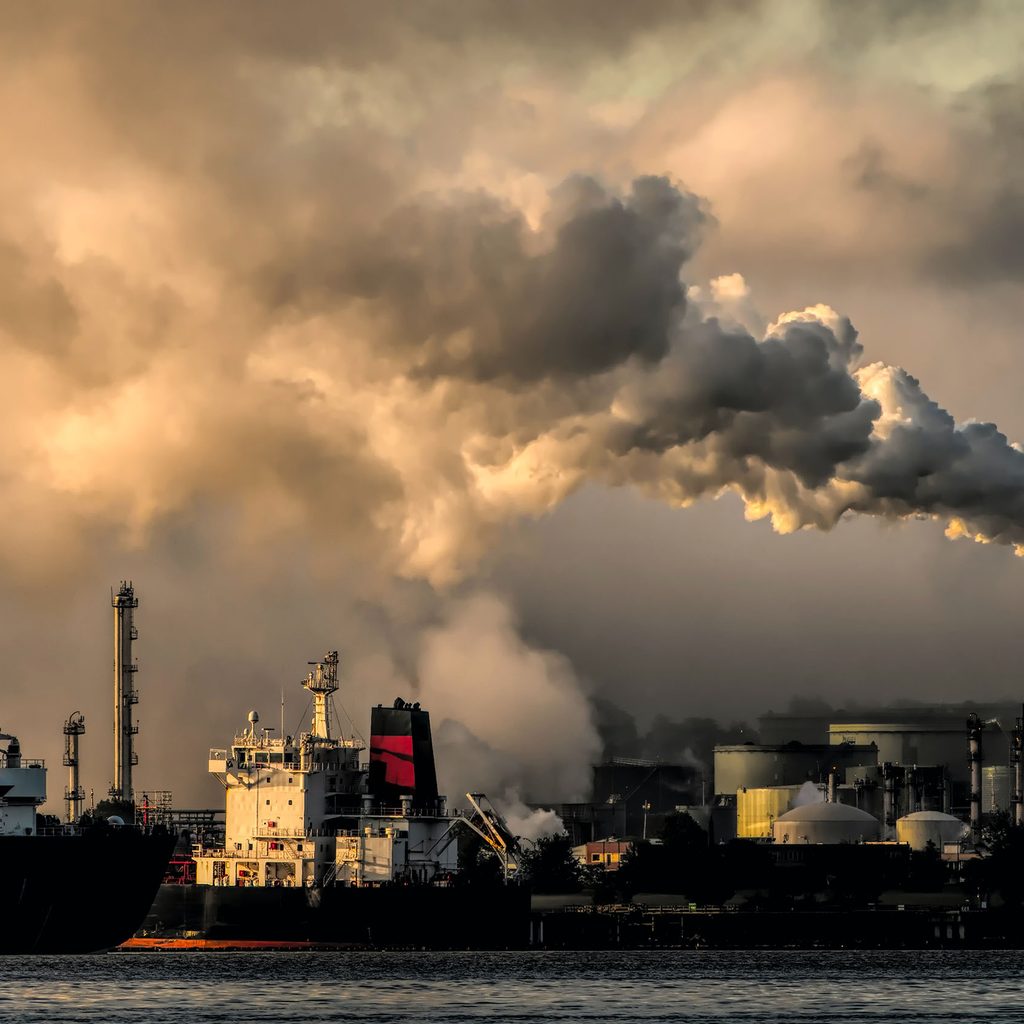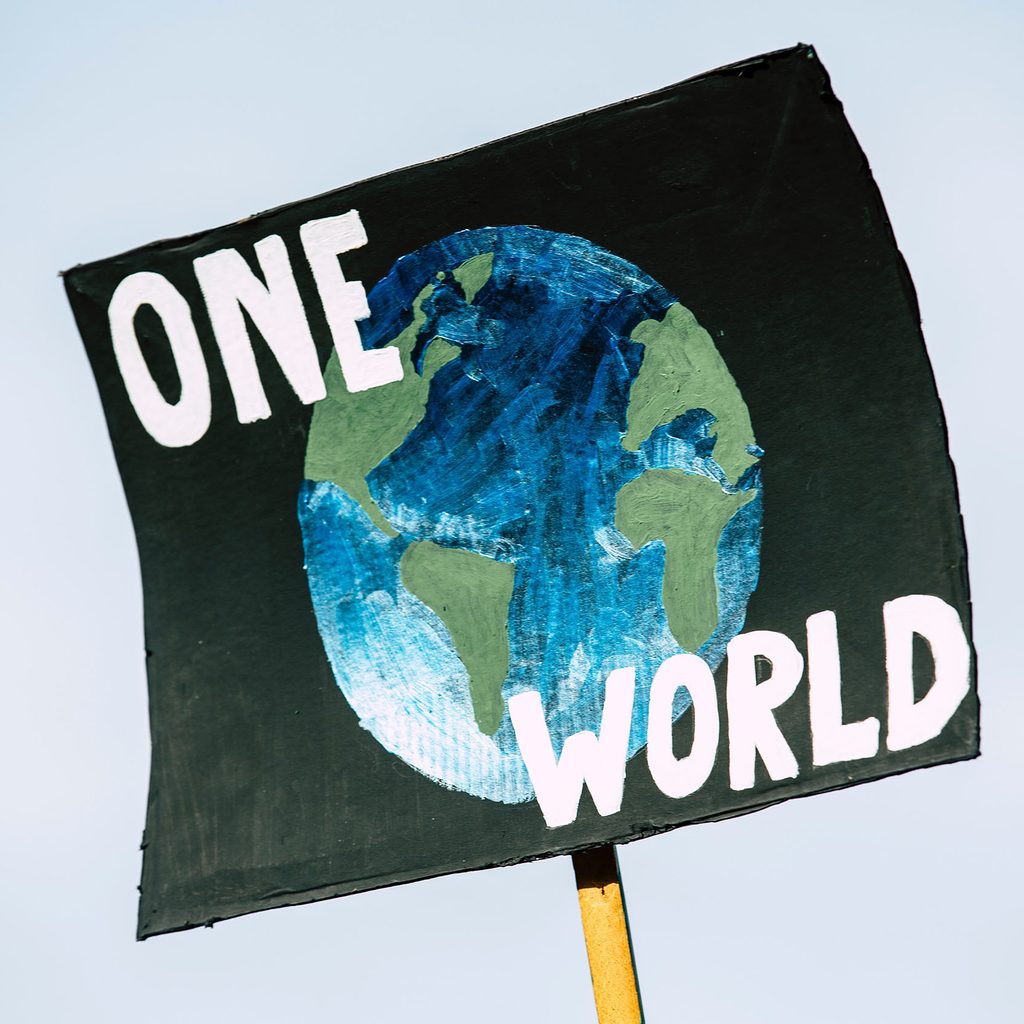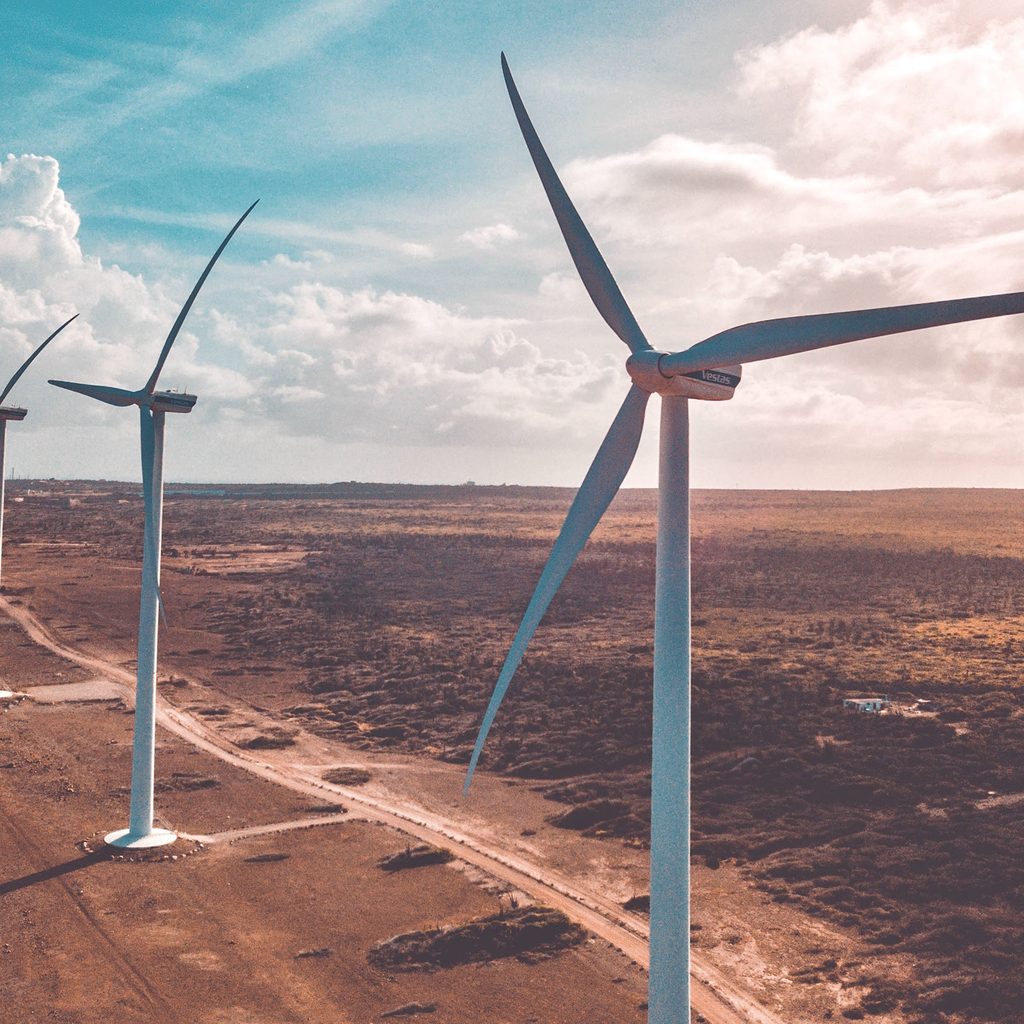On August 9, 2021, the United Nations climate research group, the Intergovernmental Panel on Climate Change (IPCC), released its most recent and comprehensive assessment of the climate crisis to date. And if you’ve read the news lately or been on social media, you can probably guess what the report says. With wildfires from California to Greece, deadly floods in China and Europe, and record-breaking heat in Siberia, the outlook is bleak. But don’t give in to despair; with aggressive and cooperative action, we can diminish climate change and the global suffering it will cause. Let’s first take a look at the current state of global warming, why it’s not all bad news, and how you can make a positive difference.

Global warming: It’s as bad as you think it is
The IPCC report was the first of its kind in eight years, and a lot has changed since the last one. The report, known as the Sixth Assessment Report, reviews the physical sciences of climate change. More chapters of the report will be released in the next few months, which will examine the economic and ecological liabilities caused by climate change and solutions for mitigating its disastrous impact. These reports exist to aid key decision-makers in making science-based choices in the fight against global warming, and they are considered to be the conclusive assessments of the science of climate change.
Humans are to blame
One of the biggest takeaways from the report confirms something many people long believed to be true. In this report, the IPCC used their strongest language to date, stating that humans are fully to blame for climate change. The very first line of the report summary says, “It is unequivocal that human influence has warmed the atmosphere, ocean, and land.” This blunt language diverges from previous reports, meant to indicate how undeniable the current research is.
Things will continue to worsen
The report also describes five potential scenarios for the future depending on how drastically we decrease global emissions. However, even the most severe cuts are not likely to stop the world from warming 1.5 degrees Celsius above preindustrial temperatures (the warming target set by the Paris Climate Agreement). Without immediate action, the temperature could easily rise past 2C by the end of the century.
Weather extremes are also becoming more common. Fire seasons are becoming longer and more intense. Extreme heatwaves that used to happen once every 50 years now occur about once a decade. Most land regions are experiencing more rain or snow in a year. And serious droughts are occurring about 1.7 times as often as they used to. Troublingly, this trend will continue even if the world’s temperature does not rise beyond 1.5C.
Even in the IPCC’s most optimistic scenario, the summertime sea ice on top of the Arctic Ocean will vanish at least once by 2050. This area is warming at least twice as fast as the average global rate. And this melting creates a global warming feedback loop: the reflective ice melts to reveal darker water that absorbs more solar radiation, creating even more warming.
In another revelation from the report, scientists believe that the sea levels will continue rising for hundreds or even thousands of years. Even if global warming were stopped at 1.5C, the oceans would still rise an average of six to ten feet or more. As the polar ice continues to melt and the oceans expand, coastal flooding will also increase; associated flooding has already doubled since the 1960s.
Carbon dioxide isn’t the only problem
For a long time, scientists have agreed that carbon dioxide is the biggest contributor to global warming. However, the report found that other greenhouse gases are becoming major concerns. Specifically, methane emissions are becoming more troubling. This gas can trap even more heat than carbon in the short term (20 years in this case), and countries that have focused their efforts on reducing carbon emissions may not be as prepared to deal with these emissions. Other greenhouse gases like nitrogen dioxide are also increasing. One upside — since these gases are so good at trapping heat, limiting their emissions would have a more considerable impact on the fight against climate change.
We’re running out of time
As mentioned, the Paris Agreement set a goal of limiting warming to 1.5 degrees Celsius. Doing this requires countries to keep a carbon budget that lets them know how much carbon can be added to the atmosphere before the goal becomes unachievable. As of right now, the globe is on track to use up the budget in about a decade.

There’s reason for hope
Okay, so that all sounds really bad… why shouldn’t we just throw our hands up in defeat right now? First of all, every little bit of effort we make now will contribute to a better future. We will never be rid of global warming completely, but if we can make things even a little better, we owe it to ourselves, future generations, and every living creature on Earth to try. For the second glimmer of hope, let’s turn back to the report.
The researchers did not find a probable critical tipping point for climate change. There isn’t a single temperature threshold that will cause global warming to worsen beyond repair. Potential tipping points that were identified by the report are considered low likelihood events. Occurrences like thawing permafrost, which would increase warming without human action, are unlikely to occur during this century. And these risks are currently overshadowed by human emissions. Simply put, the increase in global temperature is directly related to the amount of greenhouse gases humans emit. While this means we are responsible for global warming, it also means that we have the ability to stop it.
There is no scenario in which the world will not experience any impact of climate change (we already have). But there isn’t a moment at which we will be doomed forever either. The world is at a crossroads, and we must now decide which path to take. If the world continues on its trajectory, global average temperatures will likely be beyond 2C by mid-century. Even the worst scenario laid out in the IPCC report is preferable to taking no action at all. Instead of letting the fear of our uncertain future paralyze us or giving in to climate despair, it is time to start taking action.

What you can do
Climate anxiety, despair, anger, or whatever you’re feeling right now is an entirely natural response to the current state of our environment. Take your time to process these emotions, and then turn your feelings into action. Check out this great TED Talk from Renée Lertzman to learn how to make sense of your feelings about global warming and how you can transform them into action. Then, check out these tips to discover what you can do to help battle global warming.
Get involved
One of the best ways you can fight climate change is by making your voice heard. Contact your elected officials about your climate concerns and how urgent it is that they take action. Vote for candidates that prioritize eco-friendly policies. Run for office yourself to make a difference from the inside. Or join a local nonprofit organization that is working to combat global warming. Donate money or time to one of the environmental charities on this list from Charity Navigator. Talk to your friends and family members to get them involved in the cause, too.
Eat less meat
The beef and dairy cattle industries are two of the most significant contributors to global methane emissions. Try to cut down on how much meat you consume weekly. And in the same vein, try to eliminate food waste in your home. Tons of energy goes toward growing, processing, packing, and shipping food, only to have about 40% of it wind up in landfills. Limit your grocery shopping trips to only what your family will eat to limit food waste.
Reduce water usage
Using less water also helps reduce carbon emissions since pumping, heating, and treating water requires a lot of energy. Take shorter showers. Turn off the faucet while you’re brushing your teeth. Only run the dishwasher and washing machine when you have full loads. And, if you’re replacing your fixtures or appliances, look for water-efficient options.

Make your home eco-friendly
Your home is likely one of the biggest contributors to your personal carbon footprint. Here are a few ways you can make your house more environmentally friendly:
- When shopping for new appliances, choose energy-efficient ones.
- Unplug electronics when you’re not using them.
- Power your home with renewable energy, like wind or solar power.
- Weatherize your home and make sure it has adequate insulation (heating and cooling account for most home energy use).
- Buy LED lightbulbs.
Use public transportation
Whenever possible, walk, bike, or use public transportation to get where you need to go instead of driving your car since vehicles release tons of carbon emissions into the atmosphere. If other forms of transportation are not an option, at the very least, keep up with your car maintenance. According to the NRDC (National Resources Defense Council), if every American kept their tires inflated, we could save 1.2 billion gallons of gas a year.
Consume less in general
No amount of paper straws or reusable shopping bags will save us from this one (although they do more good than their alternatives). Instead of trashing all your existing belongings and searching for eco-friendly replacements, focus on consuming less. Use the things you have until you’re no longer able to. Only shop for new items when you really need them. And when it comes time to get rid of something, donate it if you can or try to repurpose it into something new.
When it comes to climate change, there is no turning back the clock. All we can do is try to make a difference now. It’s easy to let anxiety and anger take over, but it’s more important than ever that we don’t let climate despair take over and prevent us from trying. The time to act is now. What will you do today to make a difference?
BlissMark provides information regarding health, wellness, and beauty. The information within this article is not intended to be medical advice. Before starting any diet or exercise routine, consult your physician. If you don’t have a primary care physician, the United States Health & Human Services department has a free online tool that can help you locate a clinic in your area. We are not medical professionals, have not verified or vetted any programs, and in no way intend our content to be anything more than informative and inspiring.


